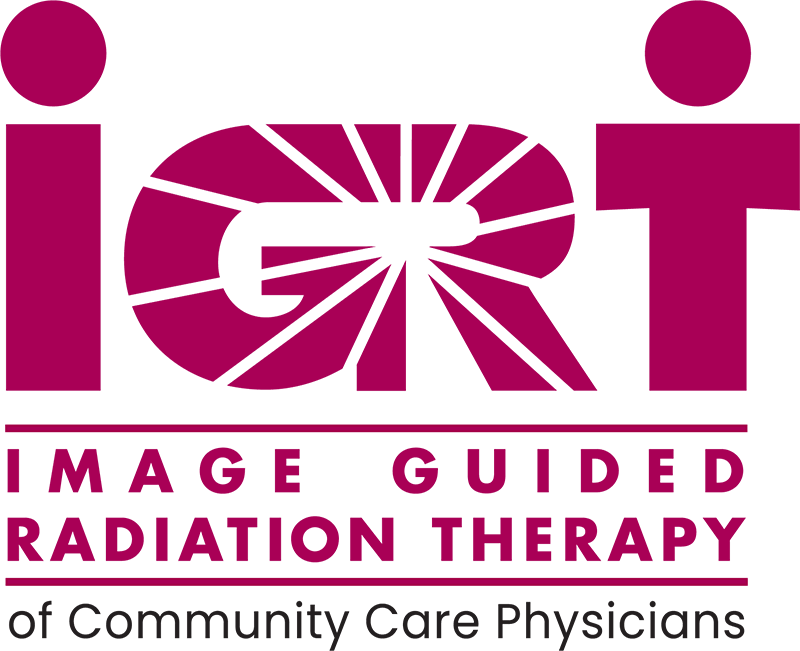They are each administered differently, so the treatment experience could vary for each individual. Here’s what you might expect during treatment administration.
External Beam Radiation Therapy Treatments
 When you undergo external beam radiation therapy treatment, each session is painless, like getting an X-ray. The radiation is directed to your tumor from a machine located outside of your body. One of the benefits of radiation therapy is that it is usually given as a series of outpatient treatments and you may not need to miss work or experience the type of recuperation period that can follow other treatments.
When you undergo external beam radiation therapy treatment, each session is painless, like getting an X-ray. The radiation is directed to your tumor from a machine located outside of your body. One of the benefits of radiation therapy is that it is usually given as a series of outpatient treatments and you may not need to miss work or experience the type of recuperation period that can follow other treatments.
Treatments are usually scheduled five days a week, every day except Saturday and Sunday, and continue for three to nine weeks. Some patients receive hyper fractionated radiation therapy, in which radiation treatments are given more than once a day. Other times, only one or a few treatments are required, such as for the treatment of cancer that has spread to the bone. This is called hypo fractionated radiation therapy. The number of radiation treatments you will need depends on the size, location and type of cancer you have, your general health and other medical treatments you may be receiving.
The radiation therapist will administer your external beam treatment following your radiation oncologist’s instructions. It will take roughly five to 15 minutes for you to be positioned for treatment and for the equipment to be set up. If an immobilization device was made during simulation, it will be used during every treatment to make sure that you are in the exact same position every day.
Once you are positioned correctly, the therapist will leave the room and go into an adjoining control room to closely monitor you on a television screen while administering the radiation. There is a microphone in the treatment room so you can always talk with the therapist if you have any concerns. The machine can be stopped at any time if you are feeling ill or uncomfortable.
The radiation therapist may move the treatment machine and treatment table to target the radiation beam to the exact area of the tumor. The machine might make noises during treatment that sound like clicking or whirring. These noises are nothing to be afraid of, and the radiation therapist is in complete control of the machine at all times.
The radiation therapy team carefully aims the radiation to decrease the dose to the normal tissues surrounding the tumor. Still, radiation will affect some healthy cells. The time in between daily treatments allows your healthy cells to repair much of the radiation damage. Most patients are treated on an outpatient basis, and many can continue with normal daily activities.
Sometimes a course of treatment is interrupted for a day or more. This may happen if you develop side effects that require a break in treatment. These missed treatments may be made up by adding treatments at the end. Try to arrive on time and not miss any of your appointments.
Your radiation oncologist monitors your daily treatment and may alter your radiation dose based on these observations. Also, your doctor may order blood tests, X-ray examinations and other tests to see how your body is responding to treatment. If the tumor shrinks, another simulation may be done. This allows your radiation oncologist to change the treatment to destroy the rest of the tumor and spare even more normal tissue.
Brachytherapy Treatments
Brachytherapy, also called internal radiation or seed implants, is the placement of radioactive sources in or just next to a tumor. The radioactive sources may be left in place permanently or only temporarily, depending upon your cancer. To position the sources accurately, special catheters or applicators are used.
There are two main types of brachytherapy: intracavity treatment and interstitial treatment. With intracavity treatment, the radioactive sources are put into a space near where the tumor is located, such as the cervix, the vagina or the windpipe. With interstitial treatment, the radioactive sources are put directly into the tissues, such as the prostate.
Often these procedures require anesthesia and brief hospitalization. Patients with permanent implants may have a few restrictions at first and then can quickly return to their normal activities. While the sources are in place, you will stay in a private room. Doctors, nurses and other medical staff will continue to take care of you, but they will need to take special precautions to limit their exposure to radiation.
Most patients feel little discomfort during brachytherapy. If the radioactive source is held in place with an applicator, you may feel discomfort from the applicator. There are medications that can help this. If you feel weak or queasy from the anesthesia, your radiation oncologist can give you medication to make you feel better.
Weekly Status Checks
During radiation therapy, your radiation oncologist and nurse will see you regularly to follow your progress, evaluate whether you are having any side effects, recommend treatments for those side effects (such as medication or diet changes) and address any concerns you may have. As treatment progresses, your doctor may make changes in the schedule or treatment plan depending on your response or reaction to the therapy.
Your radiation therapy team may gather on a regular basis with other healthcare professionals to review your case to ensure your treatment is proceeding as planned. During this session, all the members of the team discuss your progress as well as any concerns.
Weekly Beam Films
During treatment, your treatment team will sometimes use the treatment machine to take special X-rays called port films. Your treatment team routinely reviews these films to be sure that the treatment beams remain precisely aimed at the proper target. These X-rays are not used to evaluate your tumor.

